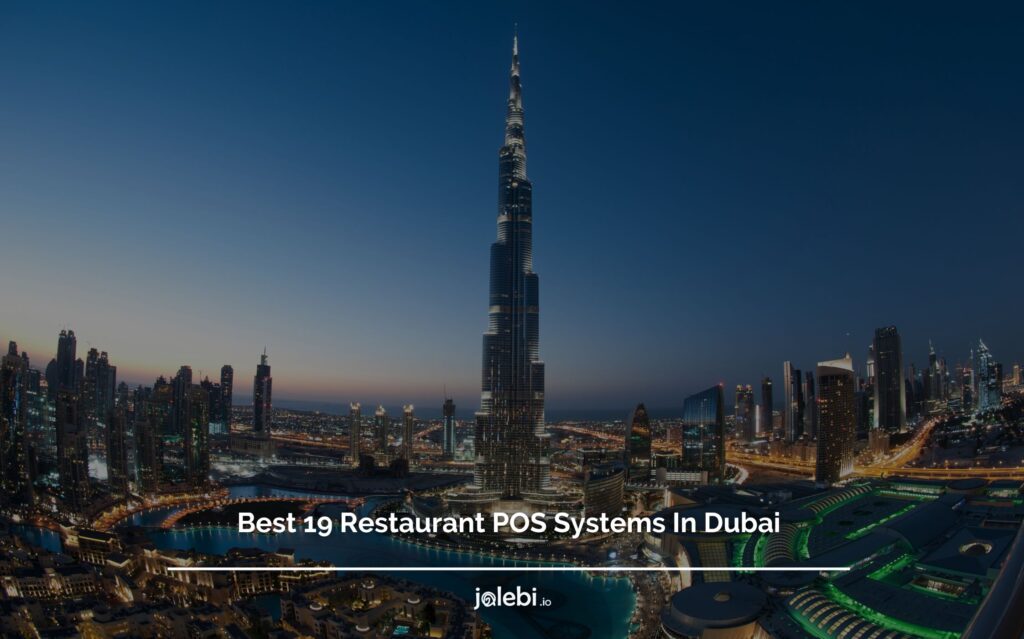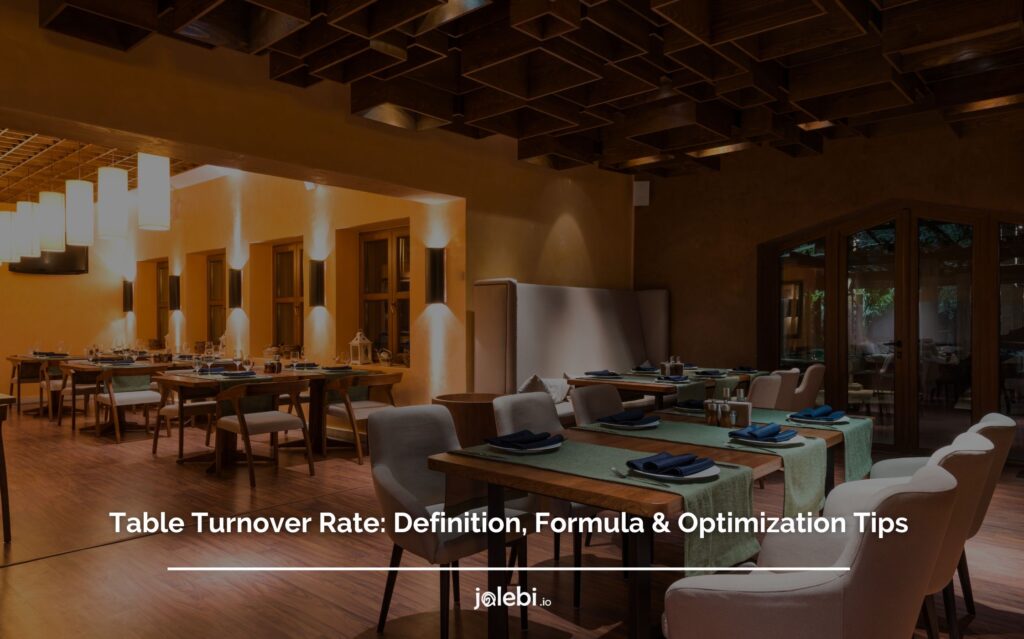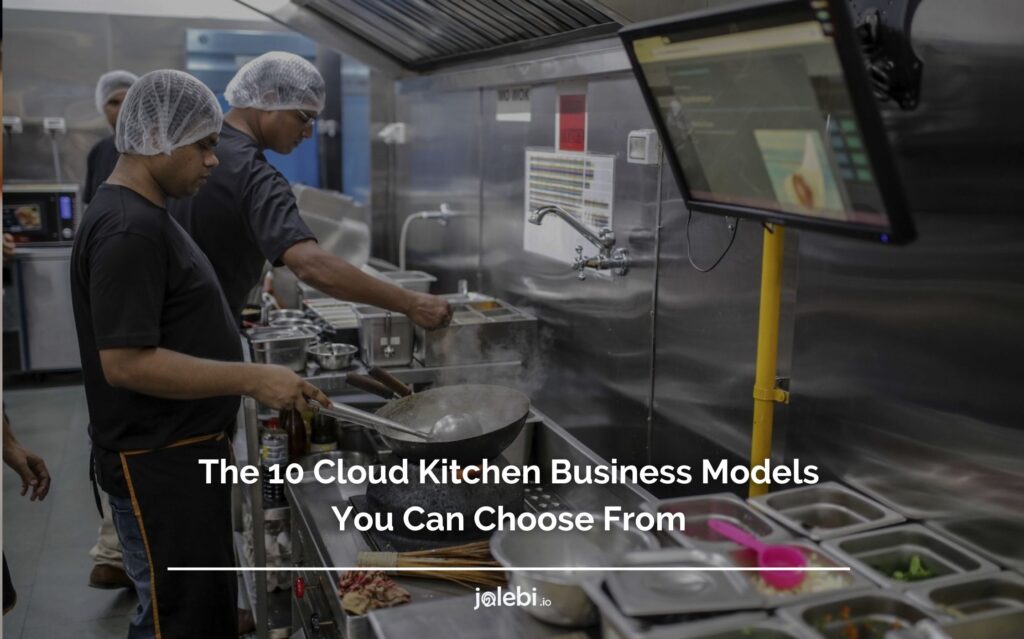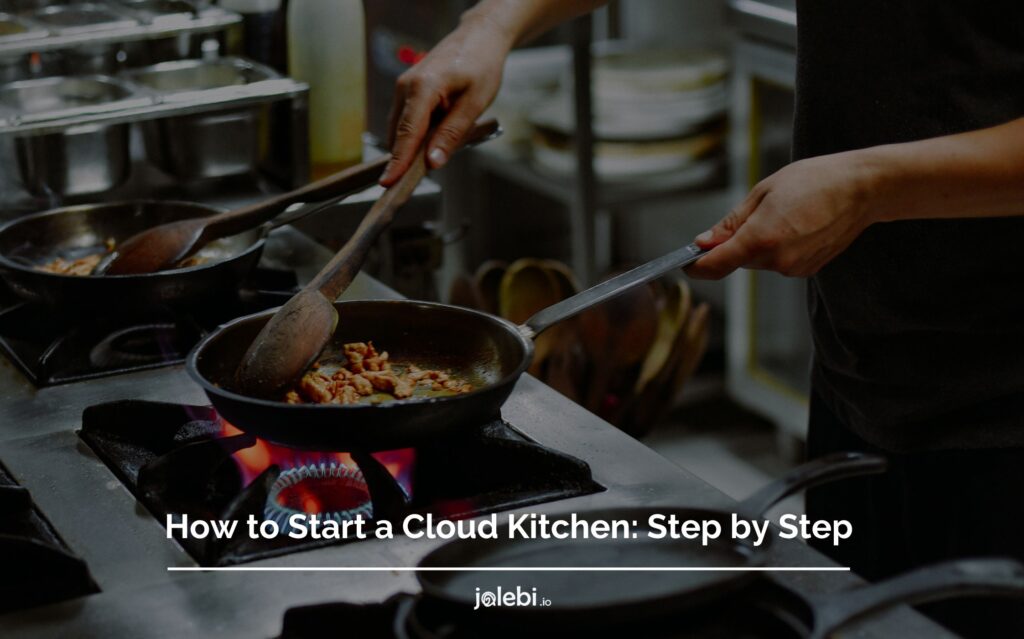Table of Contents
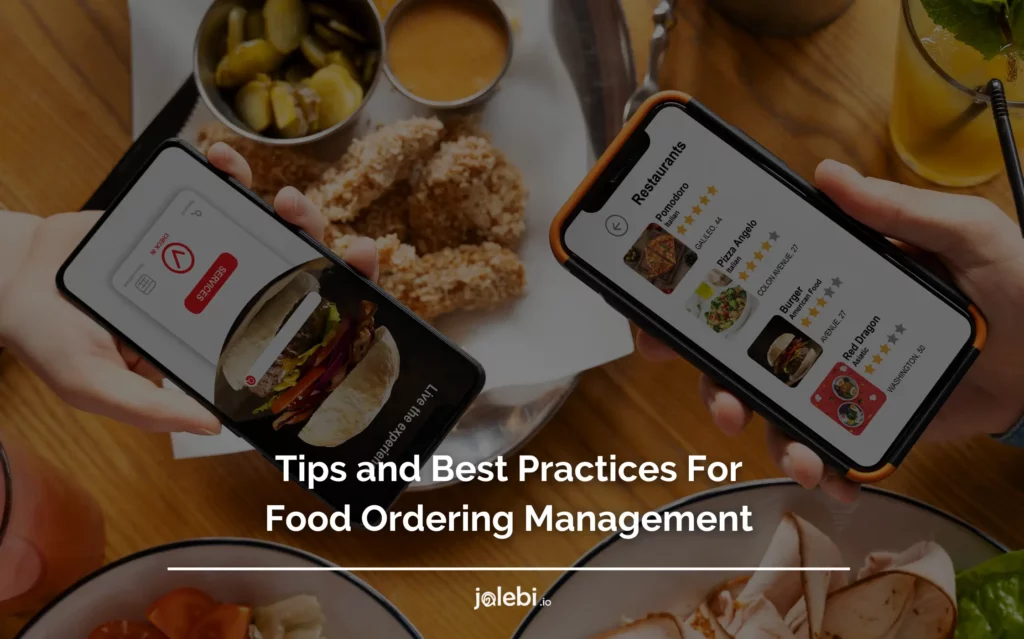
In the rapidly evolving landscape of the food industry, digital ordering and delivery have experienced an unprecedented surge, growing 300% faster than dine-in traffic since 2014.
As customers increasingly embrace the convenience of online ordering and delivery services, it has become crucial for restaurants to master the art of food ordering management.
In this comprehensive blog, we will delve into the realm of digital food ordering management, exploring tips and best practices to streamline operations, reduce errors, and ultimately boost customer satisfaction.
From implementing user-friendly online ordering platforms to optimizing delivery logistics, we will provide insights and strategies about food ordering management to help restaurants thrive in the digital age.
Join us on this journey to unlock the secrets of effective food ordering management and stay ahead of the curve in the ever-competitive food industry.
What Is Food Ordering Management?
Food ordering management refers to the process of overseeing and coordinating the entire workflow related to the ordering, processing, and fulfillment of food orders in a restaurant or food service establishment.
It involves the efficient management of various aspects, including online or offline order placement, order processing, inventory management, kitchen coordination, and timely delivery or pickup of orders.
Effective food ordering management ensures that customer orders are accurately received, processed, and fulfilled promptly while maintaining quality standards and minimizing errors.
The Importance Of Online Ordering Restaurants In 2023

In the digital era, online ordering has become a crucial element for the success of restaurants in 2023.
The convenience and accessibility it provides to customers, along with the evolving consumer preferences, have made online ordering a game-changer for the restaurant industry.
In this listicle, we will explore the key benefits of implementing online ordering restaurant systems, highlighting why it is essential for their growth and profitability in the current landscape.
- Expanded Customer Reach
Online ordering enables restaurants to reach a broader customer base beyond their physical location.
With a user-friendly online ordering platform, restaurants can attract customers from nearby neighborhoods, office spaces, and even those seeking delivery or pickup options. This expanded reach opens up new revenue streams and increases brand visibility.
- Enhanced Customer Convenience
In the fast-paced world, customers value convenience more than ever. Online ordering provides the ultimate convenience by allowing customers to browse menus, customize orders, and make payments with just a few clicks.
It saves them time and effort, making it an attractive choice for busy individuals or families seeking hassle-free dining options.
- Increased Order Accuracy
Manual order-taking can be prone to errors, leading to customer dissatisfaction and operational inefficiencies.
Online ordering restaurants eliminate misunderstandings or miscommunications between customers and staff, ensuring accurate order placements.
With clear item descriptions and customization options, restaurants can significantly reduce order mistakes and enhance customer satisfaction.
- Valuable Customer Insights
Online ordering platforms provide valuable data and insights into customer preferences, ordering habits, and trends.
Restaurants can leverage this information to analyze customer behavior, personalize marketing efforts, and optimize their menu offerings.
By understanding customer preferences, restaurants can enhance their offerings and tailor promotions to drive customer loyalty and repeat business.
Best Practices For Restaurant Order Management In Restaurants
Effective restaurant order management is essential for restaurants to deliver exceptional customer service, streamline operations, and maximize profitability.
With the increasing demand for food delivery and online ordering, restaurants must implement best practices for food order management.
In this listicle, we will explore key strategies and techniques that restaurants can adopt to optimize their restaurant order management processes and ensure a seamless dining experience for their customers.
1- Streamline Order Taking
Train your staff to be efficient and accurate when taking orders to ensure smooth online ordering management. Provide comprehensive training on your menu items, their ingredients, and any special requests or modifications that customers may have.
Encourage active listening skills to ensure accurate order entry. Invest in a reliable POS system that can handle high volumes of orders and offers features like order modifiers and customization options.
This ensures that your staff can accurately input and process orders, minimizing errors and delays.
Implement order confirmation procedures, such as repeating the order back to the customer or sending automated confirmation messages, to further ensure accuracy.
2- Implement Online Ordering
Incorporate a user-friendly online ordering system into your restaurant’s operations.
Create an intuitive and mobile-responsive website or app where customers can easily browse your menu, customize their orders, and make payments securely.
Provide high-quality visuals and detailed descriptions for each menu item. Integrate the online ordering platform with your POS system to streamline the order processing flow and automatically sync orders with the kitchen, reducing the need for manual entry.
Offer convenient features like saved order history and personalized recommendations to enhance the customer experience and encourage repeat orders.
With jalebi’s advanced online order management feature, restaurants gain the ability to seamlessly process incoming orders and track their status in real time.
This powerful tool enables restaurants to efficiently manage their online orders, ensuring timely preparation and delivery.
3- Optimize Menu for Efficiency
Regularly review and optimize your menu for efficiency. Categorize items logically, such as appetizers, main courses, and desserts, to help customers navigate through the menu easily.
Highlight popular or signature dishes and indicate any special dietary considerations (e.g., vegan, gluten-free).
Simplify item descriptions, using concise and enticing language. Analyze sales data to identify low-performing items or those with high ingredient costs and consider making adjustments to optimize profitability.
Streamline ingredient usage across multiple menu items to minimize inventory complexity and increase preparation efficiency.
jalebi empowers restaurants with the ability to swiftly update their menus to stay in line with the latest customer trends.
With just a few clicks, restaurants can add new dishes, modify existing items, or showcase seasonal specialties.
This dynamic menu management feature ensures that restaurants can easily adapt to changing customer preferences, offer exciting culinary options, and stay ahead of the competition.
4- Efficient Order Tracking and Communication
Utilize technology to track and manage restaurant orders effectively. Implement an order tracking system that allows both customers and staff to monitor the status of orders in real time.
Provide customers with order confirmation notifications and estimated delivery or pickup times. Maintain clear lines of communication between the front-of-house staff and kitchen to ensure timely order preparation and minimize wait times.
Utilize order management software or communication tools to facilitate seamless communication and coordination between different departments, ensuring smooth order flow and minimizing errors.
With jalebi’s comprehensive order management platform, restaurants can effortlessly track and monitor their orders, ensuring a seamless and efficient order delivery process.
From the moment an order is placed to its final delivery, jalebi provides real-time tracking and status updates, allowing restaurants to stay on top of each order’s progress. This eliminates confusion, minimizes delays, and enhances customer satisfaction.
5- Monitor and Analyze Performance
Continuously monitor and analyze your food order management performance. Track key metrics such as order accuracy, order processing times, customer satisfaction ratings, and delivery performance.
Utilize data analytics tools or POS system reports to gain insights into customer preferences, popular menu items, and ordering trends.
Use this data to identify areas for improvement and implement necessary changes to enhance efficiency and customer experience.
Regularly solicit feedback from customers through surveys or online reviews to gain valuable insights and address any issues proactively.
With jalebi’s powerful data visualizations, restaurants can gain valuable insights into their order performance and make data-driven improvements over time.
jalebi provides intuitive and comprehensive analytics that present key metrics and trends in a visually engaging manner.
Unleash the Power of Online Ordering Management with jalebi
In today’s digital age, online ordering has become a game-changer for restaurants. To stay competitive and meet customer expectations, restaurants need a robust online ordering management solution. That’s where jalebi comes in.
With its cutting-edge technology and seamless integration, jalebi offers a comprehensive online ordering management platform that revolutionizes how restaurants handle online orders.
What Makes jalebi Stand Out?
- Efficiency and Accuracy
With jalebi, restaurants can streamline their online ordering process, ensuring efficiency and accuracy from start to finish.
From the moment an order is placed on the restaurant’s website or app, jalebi seamlessly integrates with the existing system, instantly notifying the restaurant staff of the new order.
This eliminates the need for manual entry, minimizing errors and saving precious time.
- Real-Time Order Tracking
jalebi takes the customer experience to the next level by providing real-time order tracking.
Customers can easily track the progress of their orders, from preparation to delivery, giving them peace of mind and enhancing their overall satisfaction.
Meanwhile, restaurant staff can monitor order statuses in real time, ensuring smooth coordination between the kitchen and delivery teams.
- Data Insights for Growth
One of the key advantages of jalebi’s online ordering management is its powerful data analytics capabilities.
Restaurants can access detailed reports and insights on order volumes, popular menu items, peak hours, and customer preferences.
Final Thoughts
According to the National Restaurant Association, a staggering 75% of restaurants are currently facing profitability struggles.
By implementing the tips and best practices discussed in this blog, restaurants can significantly improve their chances of success.
Efficient order taking, online ordering implementation, menu optimization, order tracking, prioritizing accuracy, optimizing delivery logistics, and monitoring performance are all key elements to streamline operations, enhance customer satisfaction, and drive profitability.
From improving efficiency and accuracy to providing real-time order tracking and leveraging data insights, jalebi empowers restaurants to deliver exceptional customer experiences and drive growth in the digital realm.
Contact us today and stay ahead of the competition and ensure smooth order management with jalebi.
Frequently Asked Questions
- What is food ordering process?
The food ordering process refers to the series of steps involved in taking, processing, and fulfilling customer orders for food and beverages. It typically starts when customers browse the menu, make their selections, and communicate their orders to the restaurant staff. The order is then recorded, either manually or through an online ordering platform, and forwarded to the kitchen for preparation.
Once the food is ready, it undergoes quality checks and is packaged for delivery or pickup. The process also involves coordinating with delivery personnel, ensuring timely dispatch, and providing the necessary updates to customers regarding their order status.
Efficient food ordering processes are essential for delivering a seamless and satisfying experience to customers while optimizing operational efficiency for the restaurant.
- How do you manage food delivery?
Effective food delivery management requires careful coordination and organization to ensure the timely and accurate delivery of orders. It starts with assigning dedicated delivery personnel who are well-trained in handling food safely and efficiently.
Restaurants can utilize various tools and technologies to streamline the delivery process, such as integrating with third-party delivery service providers or implementing their own delivery fleet management systems.
Proper route planning and optimization help minimize delivery time and ensure efficient order drop-offs. Real-time tracking systems allow restaurants to monitor the progress of deliveries and provide updates to customers.
Additionally, clear communication channels between the kitchen, front-of-house staff, and delivery personnel are vital for seamless coordination.
By implementing robust food delivery management practices, restaurants can enhance customer satisfaction and optimize their delivery operations.
- How do you solve delivery problems?
Delivery problems can arise despite the best efforts of restaurants, but there are effective ways to address and solve them.
Prompt communication is crucial when faced with delivery issues. Restaurants should proactively communicate with customers if there are any delays or complications, providing transparent and honest updates.
Offering a sincere apology and, if appropriate, compensating for the inconvenience can help maintain customer loyalty.
Establishing clear protocols and contingency plans for unexpected situations, such as traffic congestion or driver unavailability, can minimize disruptions and enable quick problem-solving. Implementing robust customer support channels, such as dedicated helplines or online chat support, allows customers to report any delivery problems promptly.
By actively addressing delivery issues, taking responsibility, and demonstrating a commitment to resolving problems, restaurants can turn negative experiences into positive ones and uphold their reputation for exceptional service.

